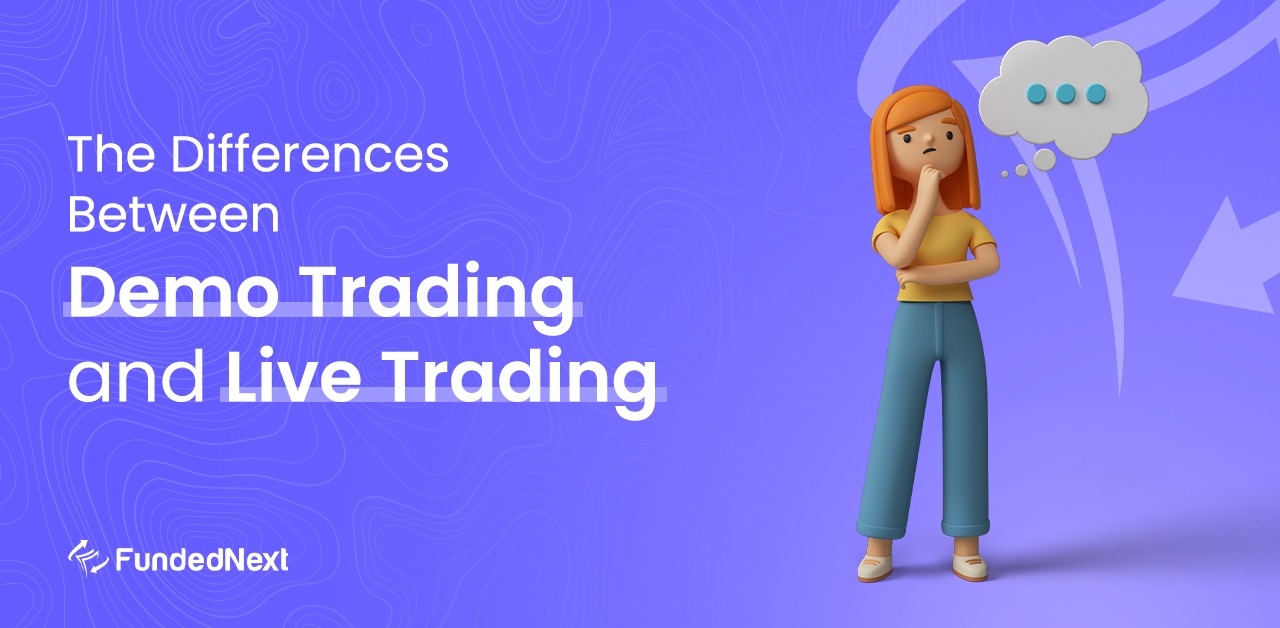
Table of Contents
A live trading account differs significantly from a demo trading account in terms of features. The main difference between these two types of trading is that demo trading does not involve any real money, but live trading does. In demo trading, the outcomes obtained by trading in a simulated, controlled environment may differ significantly from those obtained while trading with real money.
The Difference in Execution
- Demo trades can be executed very smoothly and instantly by a trader and his broker. But in real trading, things are different, spreads in the real market are determined by market conditions and there is a high risk of slippage.
In demo trading, it is pretty easy to fill any volume for a given spread. However, the position sizes you’ll be able to trade in real-time will be determined by what’s currently available in the market.
Due to the spread and size of your position, there is a chance that your trading costs will rise in less liquid pairs and turbulent trading conditions.
- For demo accounts, a broker’s data feed and price spread may differ from those offered for real money trading accounts.
Brokerages must pay a charge to receive quotes from the live market. Furthermore, the broker entails additional costs as a result of liquidity provider fees. On the other hand, Demo accounts can be opened for a lot cheaper and can enable traders to give a low-cost demo trading service to their customers.
A demo account will try to replicate the trading conditions of a real money account as accurately as possible, but this is extremely difficult.
The Psychological Component
Between demo and live trading, there are psychological differences.
In a demo situation, a trader may be inclined to underestimate the true level of risk they take on and/or overtrading, especially if the results of virtual money trading have no real implications. When trading your own money, you may not have the same amount of discipline.
This can, however, result in ingrained processes and behavior that carry over to a live account, resulting in unfavorable trading results.
The Advantages Of Trading On Demo
Demo trading is a great way of testing trading strategy and risk management as it won’t cost anything. It is also a great way of learning to trade for novice traders. Demo trading is a risk-free way to get started trading in the financial markets when used as an educational tool.
Conclusion
Trading in a demo account is a good way to get started, but it might backfire if done for an extended period of time, since traders may feel at ease. Because real trading is significantly more unpredictable, traders must be prepared for the challenges they may face.


